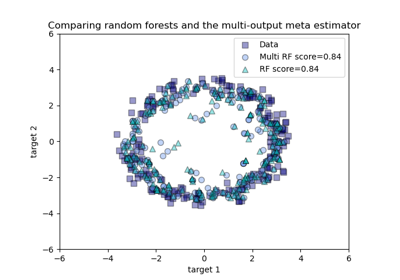
If you want to overcome the limitations of the decision tree, then you should use the random forest method, because it does not depend on a single tree. There is no guarantee to return the 100% efficient decision tree.It can’t be used in big data: If the size of data is too big, then one single tree may grow a lot of nodes which might result in complexity and leads to overfitting.This is known as variance in the decision tree, which can be decreased by some methods like bagging and boosting. Reusability in decision trees: In a decision tree there are small variations in the data that might output in a complex different tree is generated.Achieve zero bias (overfitting), which leads to high variance. In the overfitting problem, there is a very high variance in output which leads to many errors in the final estimation and can show highly inaccuracy in the output. As you know, a decision tree generally needs overfitting of data.The overfitting problem can be solved by setting constraints on the parameters model and pruning method. Method of overfitting: If we discuss overfitting, it is one of the most difficult methods for decision tree models.Growing with the tree from the training set: Overfit pruning (pre, post), ensemble method random forest.Decision tree for many features: Take more time for training-time complexity to increase as the input increases.Similarly, this happens in techniques like random forests, XGBoost.Concerning the decision tree split for numerical variables millions of records: The time complexity right for operating this operation is very huge keep on increasing as the number of records gets increased decision tree with to numerical variables takes a lot of time for training.Decision tree is non-parametric: Non-Parametric method is defined as the method in which there are no assumptions about the spatial distribution and the classifier structure.Less data preparation needed: In the decision tree, there is no effect by the outsider or missing data in the node of the tree, that’s why the decision tree requires fewer data.Decision trees have better power by which we can create new variables/features for the result variable. Useful in data exploration: A decision tree is one of the fastest way to identify the most significant variables and relations between two or more variables.It gives us and a good idea about the relative importance of attributes.The decision tree is one of the machine learning algorithms where we don’t worry about its feature scaling.Normalization is not required in the Decision Tree.The data type of decision tree can handle any type of data whether it is numerical or categorical, or boolean.Easy to understand, interpret, visualize.They are very fast and efficient compared to KNN and other classification algorithms.

An advantage of the decision tree algorithm is that it does not require any transformation of the features if we are dealing with non-linear data because decision trees do not take multiple weighted combinations into account simultaneously.It can capture nonlinear relationships: They can be used to classify non-linearly separable data.




 0 kommentar(er)
0 kommentar(er)
